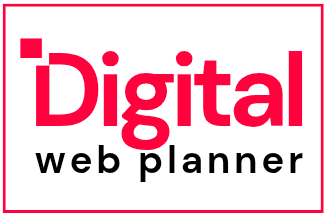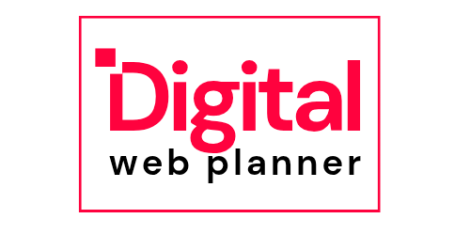
Website development
Website development is the cornerstone of any successful online presence. It involves creating a user-friendly, functional, and visually appealing platform that aligns with your brand and goals.The first step in website development is understanding your business needs and the audience you are targeting.

A well-developed website serves as the face of your business on the internet, and it is essential to get it right from the start. It’s more than just an online brochure; it’s a dynamic tool that can drive growth, attract new customers, and provide valuable information. From coding and design to user experience (UX) and user interface (UI), website development encompasses several crucial elements. When done correctly, it ensures your website functions seamlessly across devices and browsers, offering visitors an excellent experience.
A responsive design is now a standard feature for websites, meaning your site should be mobile-friendly and perform flawlessly across smartphones, tablets, and desktops. With more people accessing the web through mobile devices, having a mobile-optimized site is non-negotiable. This is where *front-end development* comes into play, focusing on the visual aspects of the site, such as layout, fonts, colors, and interactivity.
On the backend, developers ensure that your website is functional, fast, and secure. Backend development involves databases, server-side scripting, and integrating different systems. The combination of *front-end* and *backend* development ensures a seamless user experience and smooth website functionality.
Content management systems (CMS), such as WordPress, Joomla, and Drupal, have made it easier for businesses to manage and update their websites without technical knowledge. A CMS allows for flexibility and control over content, enabling companies to keep their websites fresh and relevant.
The website’s architecture is also crucial in development. It should be structured in a way that makes sense to users and is easy to navigate. Clear headings, intuitive menus, and straightforward design make it simple for visitors to find what they are looking for. This architecture also helps search engines crawl and index your site, which improves SEO performance.


